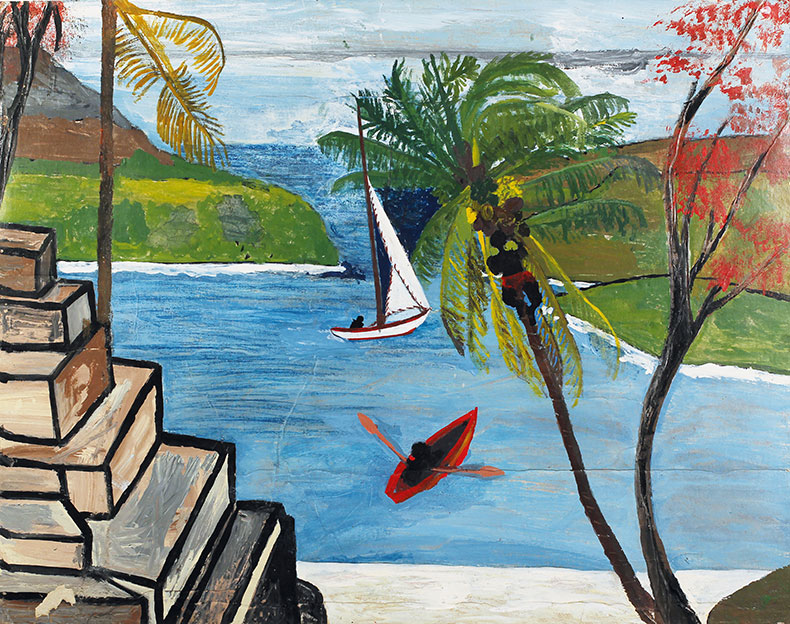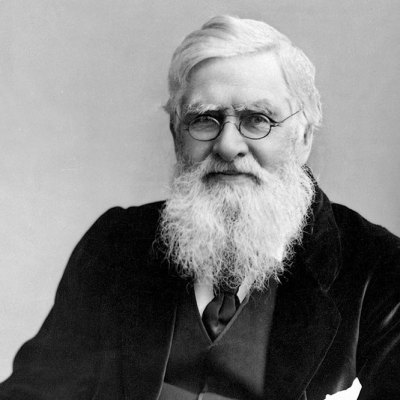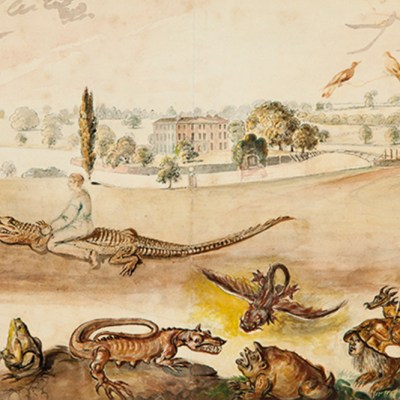With hundreds of exhibitions and events vying for your attention in London during Frieze week, Apollo’s editors pick out the shows they don’t want to miss
In an unusually appropriate pairing of artist and institution, the Garden Museum in Lambeth is showing more than 100 works by the painter, writer and environmentalist Frank Walter (1926–2009): Walter ran a sugar plantation in his native Antigua (he was the first Black person to do so), studied agriculture in England and penned a political manifesto in support of small-scale farming. These vivid works on card and cardboard were created in the isolated studio and garden hillside where Walter spent the last two decades of his life. Here he painted still lifes, sailboats, animals, local characters and landscapes both imagined and real; most of the works featured in ‘Frank Walter: Artist, Gardener, Radical’ (until 25 February) have never been exhibited before. These glimpses of his secluded life are a welcome refuge from the maelstrom of Frieze week.
Spider V (1999), Louise Bourgeois. Ursula Hauser Collection, Switzerland. Photo: courtesy The Easton Foundation and Hauser & Wirth; © The Easton Foundation/DACS 2023, London.
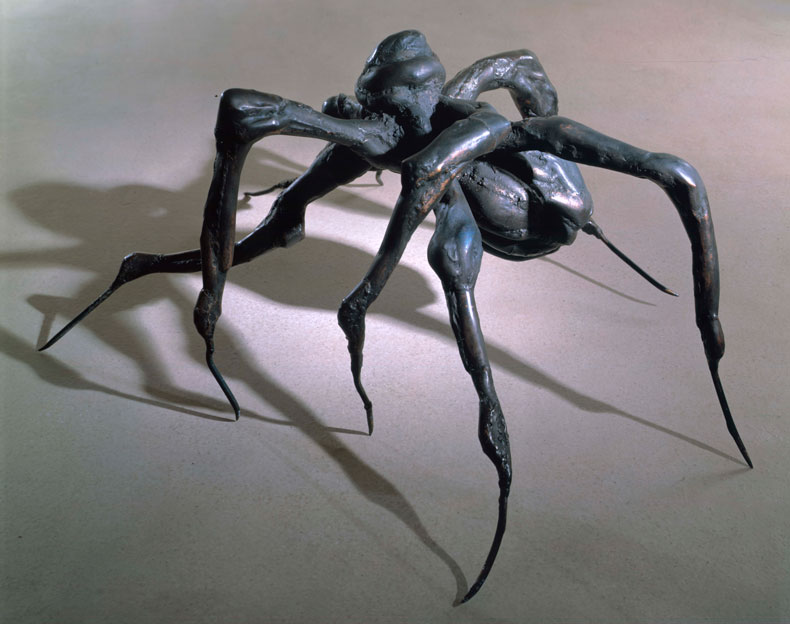
Over in Bloomsbury, the Foundling Museum has been taken over in its entirety by ‘The Mother & The Weaver: Art from the Ursula Hauser Collection’, as 40 works by artists including Marlene Dumas, Luchita Hurtado, Maria Lassnig, Sonia Gomes and Pipilotti Rist take their place among its historic holdings (until 18 February 2024). A Louise Bourgeois spider crawls, no less menacingly for its diminutive size, on the polished parquet of the Court Room, seemingly on its way to see Hogarth’s Moses Brought Before Pharoah’s Daughter (1746). Its presence – and the exhibition’s title – recall Bourgeois’ often-quoted ‘The spider is an ode to my mother’, and ‘Like a spider, my mother was a weaver’.
Planet Sun (2022), Bita Ghezelayagh. Photo: courtesy Richard Saltoun
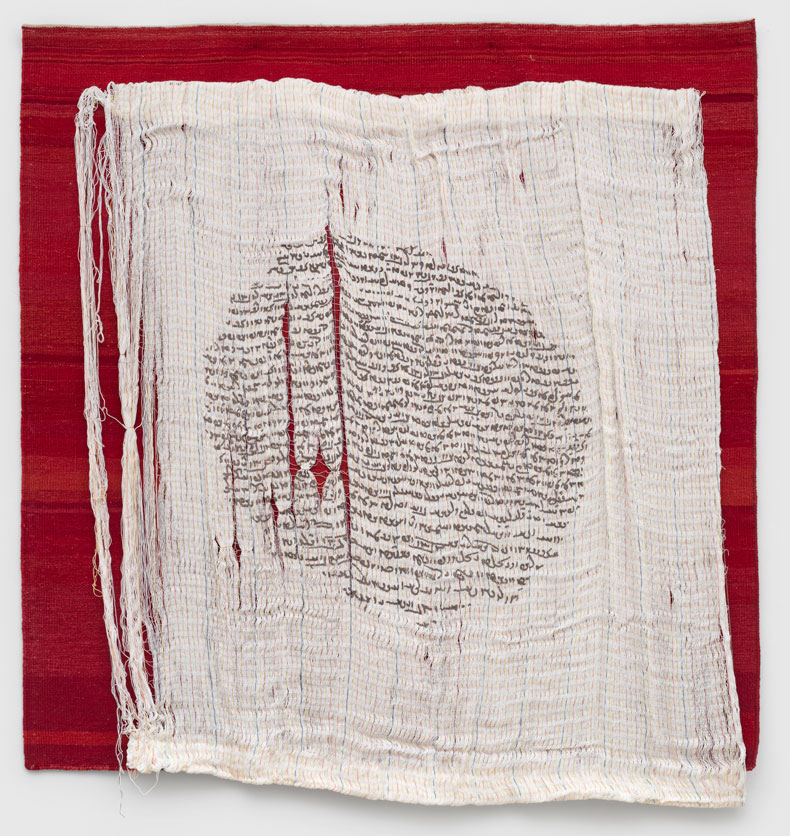
Elsewhere, Planet Sun, a textile piece by Iranian-Italian artist Bita Ghezelayagh, in which printed words fray and disintegrate, is one of the highlights of ‘The Resistance of Pen and Paper’ at Richard Saltoun gallery in Piccadilly (until 4 November). The exhibition features six artists from North Africa and the Middle East who use writing as much for its formal qualities as to make meaning. Calligraphic script meets Op Art in an untitled naqqashi khatt (painting calligraphy) work from 1976 by the Iranian artist Nasrollah Afjei.
Man Climbing a Coconut Palm and View of Red Canoe and Boat in Harbour (undated), Frank Walter. Courtesy Frank Walter Family and Kenneth M. Milton Fine Arts
